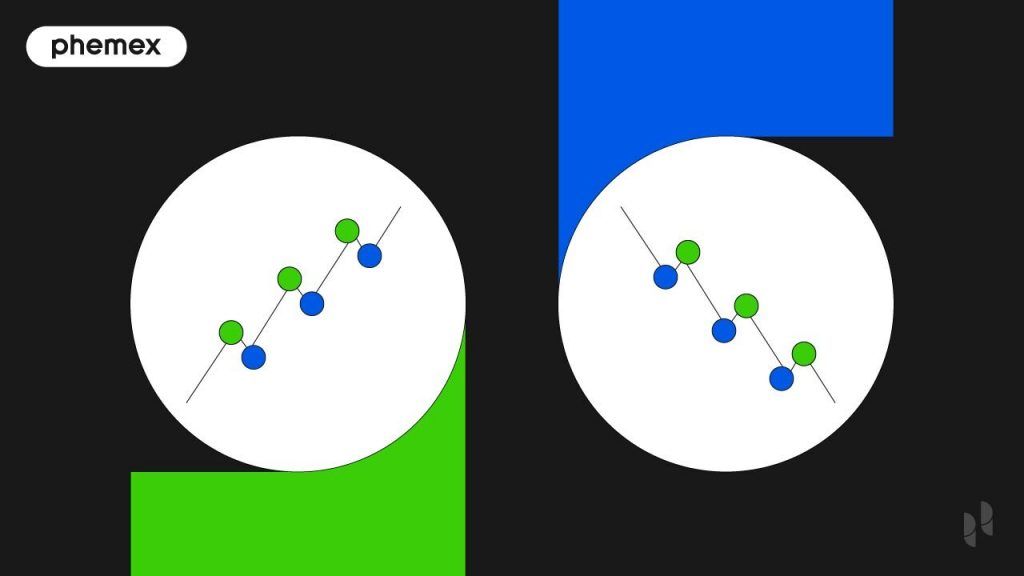One of the most important things that a crypto trader should be paying attention to regarding an asset is volume. Trading volume is the total number of shares, issues, contracts, etc. that were traded during a given period. A simple way to think of trading volume is the level of activity within the market.

How to Use Volume to Improve Your Trading?
There are plenty of tools and volume indicators that are derivatives of volume. In this article we are going to keep it simple with basic volume per candle, or your standard histogram typically found at the bottom of a chart. Also, as a reminder, volume is not to be confused with liquidity, though high volume is often accompanied by increased liquidity.
The basic idea in crypto trading is that volume should confirm price. This means that when buyers and sellers seek to find or establish fair value, that volume should be a leading indicator of this agreement. There are certain situations where observing changes in volume can be extremely useful for both traders and investors.
What does Trend Following mean?
Starting with a trend– Ultimately volume should confirm the direction of the trend. If price is moving upward, we should see that a healthy trend is followed by increases in volume on the moves up and decreases in overall volume on the corrections down. Remember, part of what volume is telling us is that participants are interested in these levels. If price is continuing to rise on increased volume it tells us that participants are willing to continue doing business at higher levels. With the pullbacks and consolidations that occur during this upward trend, we want to see a decrease in volume to signal to us that selling is supported by few rather than many.
A perfect example of this is seen below. The inverse of this would be a bearish trend with volume increasing on the moves down and decreasing on the corrective rallies.

Keep in mind, one thing that is often misunderstood is that volume needs to continue going up higher and higher with the trend. What really matters is that when new levels are achieved, we need new interest in these levels for the duration of the impulsive portion leading to the next consolidation. From the point that new levels are then established, it is completely normal for volume to fall back below the average levels that it was leading up. This is particularly useful to understand for Bitcoin trend-following traders.
What is Range Trading?
In ranging conditions, we have a bit of a different situation. Volume within a range is largely irrelevant. When price is ranging, consolidating, backtesting, mean reverting, etc. This means that essentially buyers and sellers are in relative agreement, compared to a trending environment which is technically defined by more imbalance and lack of agreement between both parties.
In ranging conditions, we can see a drop off of volume at the range high or range low as a sign of momentum being lost and a potential signal that mean reversion is going to continue. The only place where a change in volume matters within ranges is at the extremes. By this we mean that volume matters THROUGH the level. This applies to breakouts. Whether within the higher timeframe or lower timeframe, the sign that a break is likely to continue is when it is supported on high volume through the level.
A sideway trend
A perfect example of this is below. The volume up to the level was around the average UNTIL the level was broken. Once the level was broken the fact that volume came in was a sure sign that the trend change was supported by new participants. Remember, a range is just a sideways trend. The sign of that change is the increase in new activity after a new price level has been established, i.e. the volume going up through a support or resistance in this case.

A false breakout
The opposite of the above is when we have a false breakout. A false breakout is something that is very clearly accompanied by a lack of volume on the break. This can be interpreted as no follow through or lack of continued interest at the new price point. False breakouts both to the downside or to the upside often result in sharp reversals. An example of this is below where recently we had a break out of the range to the upside, initially on high volume, but once the level was broken no volume came in to follow through.

Understanding the basics of volume analysis is something that can benefit not only a day trading strategy, but long-term investors as well. In a follow-up article we will cover some of the more advanced methods in which we can look at volume, specifically for trapped setups.
By Ryan Scott (@CanteringClark)
Get more Crypto technical analysis to improve your trading:
Read More
- How to Trade Bitcoin with Volume Profile
- What Is Crypto Trading Volume: How It Affects Price
- What Is Volume-Price Trend? Bitcoin Trading With VPT
- What Is Net Volume Index: Indicator Of Real Market Sentiment
- What Is Volume Oscillator (VO) in Crypto Trading?
- Open Interest vs. Volume: What Are They and How Do They Work?
- How to Measure Liquidity and Use It to Make Trading Decisions?
- On-Balance Volume Indicator (OBV): A Crypto Trading Strategy with OBV









